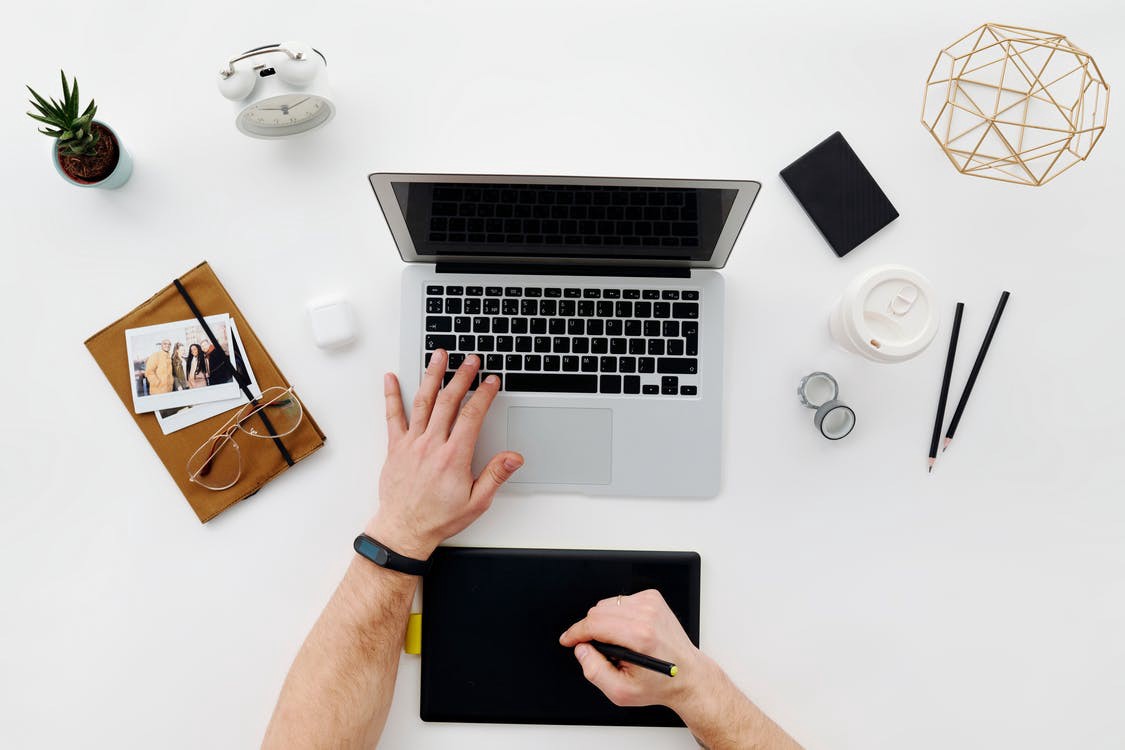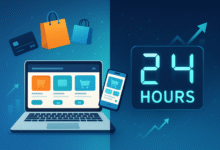How Multitasking Affects Productivity in 6 Ways

Do you know How Multitasking Affects Productivity in 6 Ways? In this essay, the effects of multitasking on productivity will be discussed. What comes to mind first when you hear the term “multitasking”? You can be associated with something strongly positive, strongly negative, or somewhere in between. There are various ways that you can relate to multitasking. You might alternate between related things all the time. You may enjoy multitasking with media, such as scrolling through social media while watching Netflix but try to avoid moving between tasks when one calls for intense concentration. Whatever your definition of multitasking may be, there is more to this brain function than you would realize.
Read More: How to Delete Multiple iPhone Contacts at Once
A productivity prediction
The following details concerning how multitasking affects productivity are provided in this article:
This article examines how multitasking affects your brain and gives suggestions for increasing productivity while minimizing task switching. Read on if you want to learn more about your propensity for or aversion to multitasking while maximizing brain power.
What is multitasking?
Working on two or more things at once, or moving between them quickly, is the most basic definition of multitasking. It can take the form of switching between two coding projects within a same work session or folding laundry while listening to a podcast.
The general consensus is that multitasking reduces productivity in the long run. Theoretically, multitasking can have a negative effect on cognition, but it can also have a good effect on the “attitudinal result,” or how you feel about the work you finish, according to a meta-analysis of prior studies. In other words, even though your productivity gains were harmed by attempting to focus on several activities at once, multitasking may make you feel like a productivity rock star. A buddy of mine defined this as boredom driving a need to switch between little chores in order to feel accomplished while breaking through apathy.
There is a term for the “task switch cost” or “switch cost” that results from multitasking and describes the decrease in efficiency and rise in errors. This total cost is further broken down by a pair of researchers into two categories: one related to the time required to make a mental adjustment and another to the mental energy required to go from one frame of mind appropriate for one work to another. For instance, if you’re writing an update for a team Slack channel and get a direct message about another project, you have to switch your attention from writing a coherent update to trying to remember specifics about the other project in order to respond to your colleague with the appropriate information.
In the midst of ongoing project milestones, deadlines, and check-ins, what does all of this imply for your productivity? You must adapt multitasking to your needs.
Multitasking continues despite its recognized negative effects on cognitive performance. Know what you’re up against and use it to your advantage by working with it rather than against it.
Your brain on multitasking
Knowing what you’re up against is the first step in making the most of multitasking.
An paper about how the brain functions when performing tasks was co-authored by two neuroscientists. The simplest explanation for why you might have trouble multitasking is that your brain is designed to focus on one task at a time. Instead of processing numerous sources of stimuli simultaneously, it evolved to concentrate on one activity at a time.
The slightly more complicated explanation is that your brain has three main systems that are in charge of carrying out tasks. The frontoparietal control network, which is the first, establishes the objective of a task, such as communicating with a colleague the crucial errors that caused a project to fail. This network creates the framework for categorizing what is and is not pertinent to this communication. The selection of this pertinent information is carried out via the following network, the dorsal attention network. By automatically removing distractions so you can maintain concentrate on the defined goal, the ventral attention network neatly concludes the job of the first two.
These systems are taxed when switching between the specified goal—drafting communications—and an alternative objective—for example, considering a reply to a coworker’s direct message. Distraction control may not be as effective using the ventral attention network. It’s possible that information unrelated to the initial job will enter the dorsal attention network.
the cognitive effort it took you to read and understand those paragraphs? When you switch between tasks frequently, that is what suffers.
Making multitasking work for you
A manager’s sense of urgency and approaching deadlines can make it simple to start juggling several jobs. Here are six methods to help you reduce the harmful effects of multitasking based on how the brain functions and the realities of professional demands.
1. Recognize your multitasking habits
Recognizing the circumstances that cause task switching, such as direct messages asking for something unrelated to the work in front of you, is the first step in learning how to multitask well. Make a list of the instances where you find yourself multitasking over the course of a few days or a week. Then, classify each conflicting task into either automatic or manual.
Automatic chores are those that can be completed quickly and repeatedly, such as folding clothes or washing dishes. You might have automatic tasks at work that copy and paste notes from your note-taking software into a shared document or organize your inbox.
Complex or manual jobs need more of your time and mental energy to complete. They include of sending emails, conversing with others, engaging actively in meetings, and other activities.
2. Feed your dopamine hits by making automatic and manual task pairings.
By grouping related tasks, you can achieve a sense of success or relieve boredom without experiencing the negative impacts of task switching. Making a to-do list as you browse through your inbox or organizing your desk during a staff meeting are two examples of how to do this. Pairing tasks together can also be used to increase motivation. For instance, you may clearly highlight the time spent on a task by playing music as you work on it, such as clearing up your email or keeping up with team discussions.
Multitasking Affects Productivity

3. Use the 20-minute rule for manual tasks.
Set a time limit for manual chores to help your brain concentrate on them. You may be able to focus more intently as a result. After 20 minutes, you might even discover that your focus is completely fixed on the subject, allowing you to work for longer.
4. Be gentle if you slip into old habits.
keeping a meeting’s phone alerts active. rushing through setting the day’s priorities while attempting to resolve a problem that was raised in an email. switching between a challenging project activity and responding to team members’ messages. Old habits are difficult to break, especially if anxiety or additional stress are added to an already lengthy to-do list. If necessary, decide to change your plan after your next break or the next day.
5. Recognize your talents.
If there is one set of automatic and manual chores that you find easy to do but might slow down someone else, embrace it. Notwithstanding what is known about multitasking and its negative effects, many occupations call for some degree of scattered thought. Air traffic controllers must consider not only a plane coming towards the airport, but also a plane that has recently landed and those that are preparing to land miles away.
6. Realize other gains from protecting your focus.
Focusing has advantages for mental health in addition to productivity. When you give one task priority over another, your stress levels will probably go down a little. You’re also more likely to achieve your objectives faster if you’re less stressed and more productive.
Limiting your multitasking can also help you break another bad behavior, being overly responsive. It can feel helpful and beneficial when you make it a point to reply to direct messages right away or emails as soon as they arrive. It may also establish a precedent whereby supervisors or coworkers will turn to you for information rather than searching for it in shared documents, project management software, and other places. Setting the kinds of boundaries that enhance your productivity can be accomplished by pledging to more carefully guarded focus time and less task switching. A tool like Clockwise can assist in establishing those limits. It not only divides your day into blocks of focused time, but also integrates with Slack so that while you’re focused and not readily available for synchronous contact, it updates your status.
Read More: Fixing Sticky Keys on a Laptop. Step by Step Guide
A productivity prediction
You might be wondering why this essay offers any room for task switching in light of the numerous scientific studies, meta-analyses, and prescriptive podcasts on the detrimental impacts of multitasking. According to me, a lot of people may never cease multitasking. Many people are busy than ever at work. Long to-do lists are a result of the Great Depression, general labor shortages, and individual goals to accomplish more than before. Learn more about multitasking so you can make it work for you rather than trying to eliminate it totally. Discover your multitasking talents and make use of them, while also being aware of the situations that require persistent, intense focus. Keep in mind that information is power and that you should make the most of it as you go about your everyday activities.











